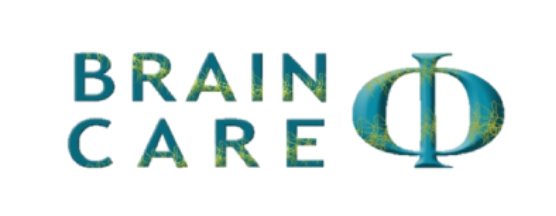
Addiction
What is Addiction?
According to Health Direct Australia (2020) around 1 in 20 Australians have an addiction or substance abuse issue. To clarify, addiction is a term used to define a chronic condition of being ‘addicted’ to a substance or activity, characterised by compulsive seeking and/or relapsing despite adverse consequences. Addiction can be substance specific, including but not limited to; nicotine, alcohol, or other drugs. Addiction can also be derived through performing/seeking activities, including, but not limited to; gambling, gaming, risky behaviours, and thrill seeking. Moreover, addiction is considered a brain disorder due to observable functional neurological changes from reward-based ‘pleasure centres’, which begin to implicate and individual’s self-control, stress and reward functioning (NIDA, 2020).
Causes of Addiction
Why people become addicted to a substance or activity is not universal. For some individuals, there may be specific socio/environmental/cultural influence(s), and for some it may be a predisposition of genetics (e.g., self-control, impaired brain inhibitory mechanisms). For substance-use disorders, addictions present as a pattern despite experiencing problematic output (e.g., behaviour, emotions, conflict). Substance- induced disorders present as a withdrawal, intoxication, and associated substance/medication induced mental disorders, which are the consequence of substance abuse. Moreover, the impact substance use has on one’s daily life can be determined by understanding and individual’s severity levels (e.g., at risk, mild, moderate, severe).
Symptoms of Addiction
According to the Diagnostic and Statistical Manual of Mental Disorders (DSM), categories of addiction include physical dependence, social problems, impaired control, and risky use (DSM-5-TR, 2022). Problems associated with addiction not only impact the individual (e.g., financial, performance, mental and physical dysfunction), but those around them (e.g., work, school, social). Common symptoms associated with substance use may increase experiences of anxiety, depression, paranoia, and psychosis.
Addiction Management
Strategies employed at Brain Care for managing symptoms associated with addiction include (but not limited to), behavioural, emotion-behavioural, neurofeedback therapies, as well as comprehensive progress tracking.
Supporting Research for Assessment and Intervention
The investigation and treatment of addictive disorders by use of qEEG and neurofeedback has been popular since around the 1990s. From a neurological understanding, addiction alters the brain to induce chemical and physiological changes, in-turn, affecting an individual’s capacity to quit a substance or activity. A function of the neurotransmitter dopamine causes feelings of temporary pleasure and reward expectations; additionally, a reward can also be experienced from the behaviour or activity itself. When repetitive behaviour or activity meets criteria of addiction, neurological pathways of reward are considered to become reinforced. Neurofeedback attempts to reduce symptoms of impaired control, dependence, and associated addiction symptoms by dysregulating pathways to improve self-regulation and promote neuroplasticity (Sunder & Bohnen, 2017). A study conducted on neurofeedback training for addiction reported improvements in individual retention rates, attending school, maintaining steady employment, and decreases in rearrest rates. Furthermore, decreases in self-reported depression and anxiety scores based on symptoms reduced by 50-66% (Sokhadze et al., 2008).
Why Neurofeedback for addiction?
By understanding underling systems of addiction; neurology of brain functioning, specifically the relationship between emotions and behavioural activation we can understand their relationship between reward systems of dopamine release, and in-turn, retrain the brain to improve neuroplasticity and control mechanisms.
If you or your loved one is experiencing addiction, visit our psychology clinic in Tweed Heads, where counselling is available for children, teens, adults, couples and families. Often the first step is the hardest, but Brain Care is here to support you through the rest of your journey.
WHO WE HELP
Addiction
Anger Management
Eating Disorders
Peak Performance
Contact Us

